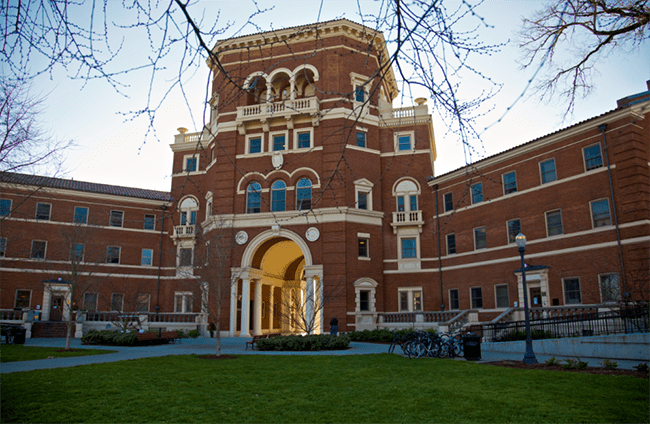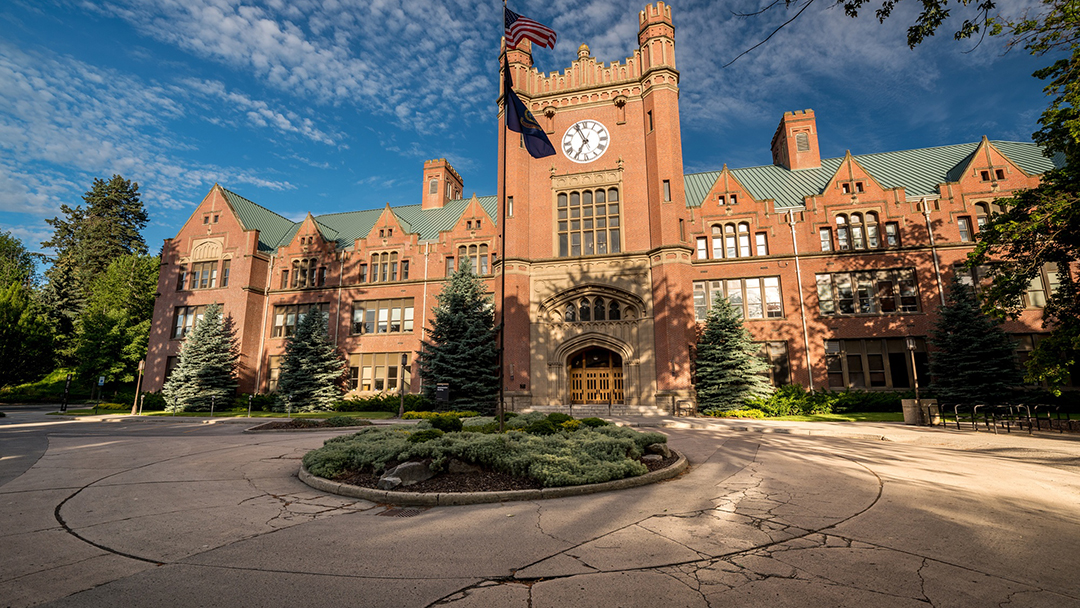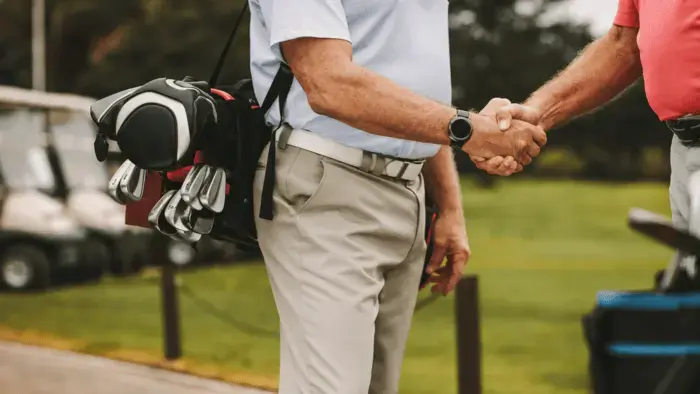How to Excel at Higher Ed Marketing (Without Breaking the Bank)
For digital marketers in the higher education space, the competition is stiff. More kids are going to college than ever before, and institutions are...
2 min read
![]() StoryTeller Team
:
December 07, 2015
StoryTeller Team
:
December 07, 2015
Many of today's marketers are trying to reach Millennials, but none more so than those marketers working in higher education. For them, their messages are aimed almost exclusively at the "connected" generation. And with that demo target comes some unique challenges.
With so many options for reaching Gen Y, marketers in this space are looking now more than ever for ways to break through the noise and be seen as the "it" school. These 3 tips should help:
Millennials love companies that do good. In fact according to entrepreneur.com, 85 percent of millennials correlate their purchasing decisions and their willingness to recommend a brand to the social good efforts a company is making. Many of the top Millennial brands have made social conciousness and philanthropy at least a tentacle of their business, if not a concept at the very core of the brand. Some examples are Facebook, Toms Shoes and Whole Foods.
Beyond the fact that corporate social responsibility (CSR) is attractive to Millennials, higher education institutions have an inherent leg up when it comes to social responsibility initiatives because they typically have:
So whether it's global health, sustainable agriculture or just donating time to a local organization, remember that Millennials would like to see universities give back.
Traditional, mass marketing has fallen short when it comes to reaching Millennials. But why?
Part of the reason is that Millennials have grown used to digital marketing, which allows for much greater personalization and customization. Brands today have the ability to message fans directly on social media platforms. Email marketing campaigns can be triggered based on what content an individual consumes online. Online ads can be hyper-customized based on information drawn from social media profiles.
A great example of personalized marketing to Millennials (though not digital) was Coca Cola's "Share a Coke campaign, which put 250 of the most popular first names among teens and Millennials on its cans and bottles. Coca-Cola’s soft-drinks sales in the U.S. went up 2% after launching the campaign, which is a massive increase for a brand of Coca Cola's size.
A few personalization ideas for higher education marketing:
So start getting personal, because young people expect it!
The aim of your higher ed marketing message should be Millennials (and soon iGen or "post-Millennials"), but it's important not to forget that though fewer parents are helping their children pay for college, 3 out of 4 parents still foot some or all of the bill. And as they saying goes, money talks and...well, you know the rest.
So what appeals to parents? Think:
In many cases parents are at least the influencers and sometimes even the final decision-makers. So remember you're talking to them, too!
_____________________________________________
Being a higher ed marketer today isn't easy. Millennials seem to be, from a marketer's perspective, an ever-moving target. But if you can reach the influencers, show off your social responsibility, and personalize your content, you'll have a leg up on the competition.

For digital marketers in the higher education space, the competition is stiff. More kids are going to college than ever before, and institutions are...

It's no secret that the higher education landscape has become increasingly competitive, especially with easy access to the internet. According to a...

You're doing everything right. You invested in Golf Life Navigators to connect with qualified prospects. You've got a contact form on your website....